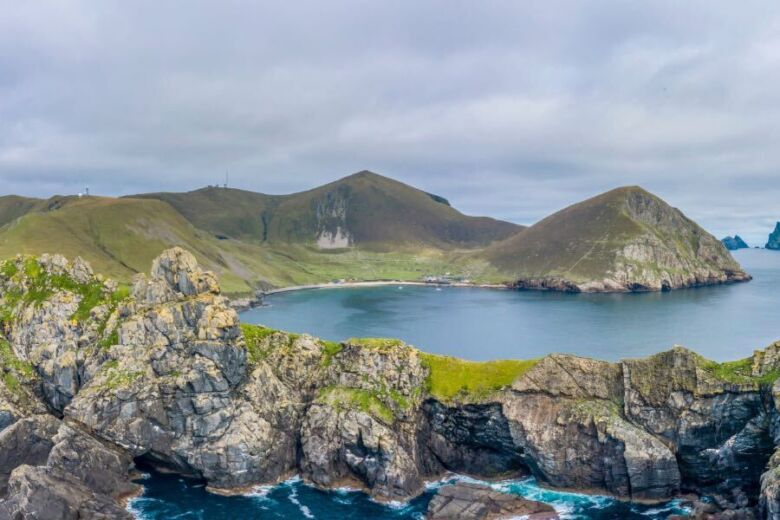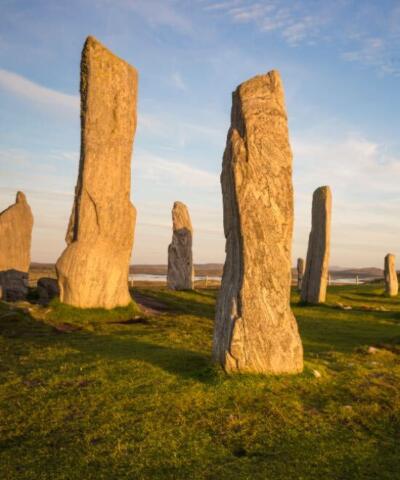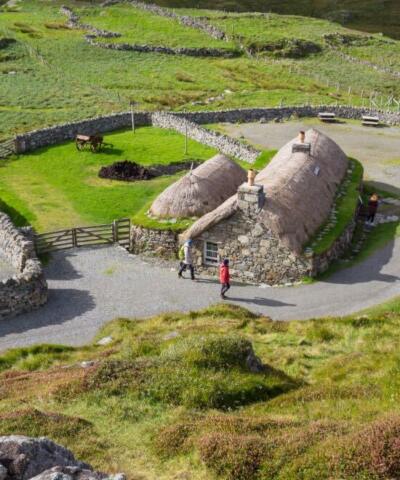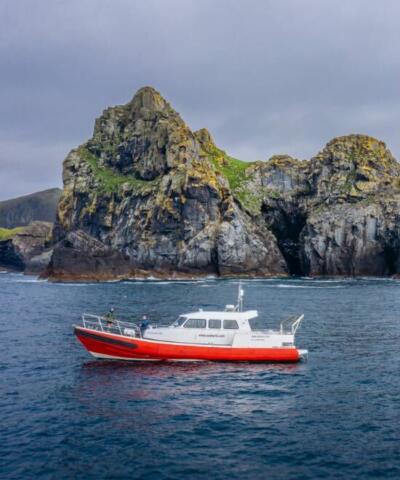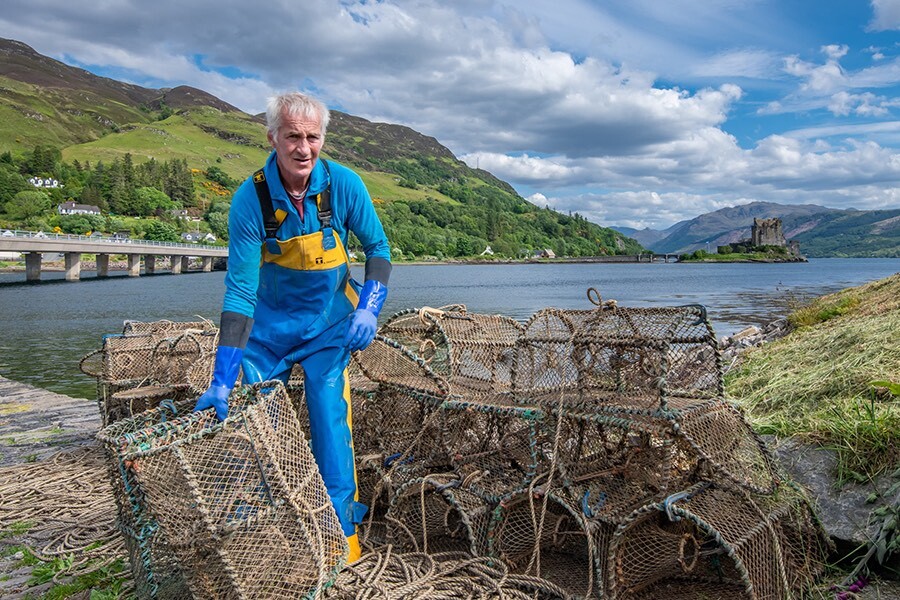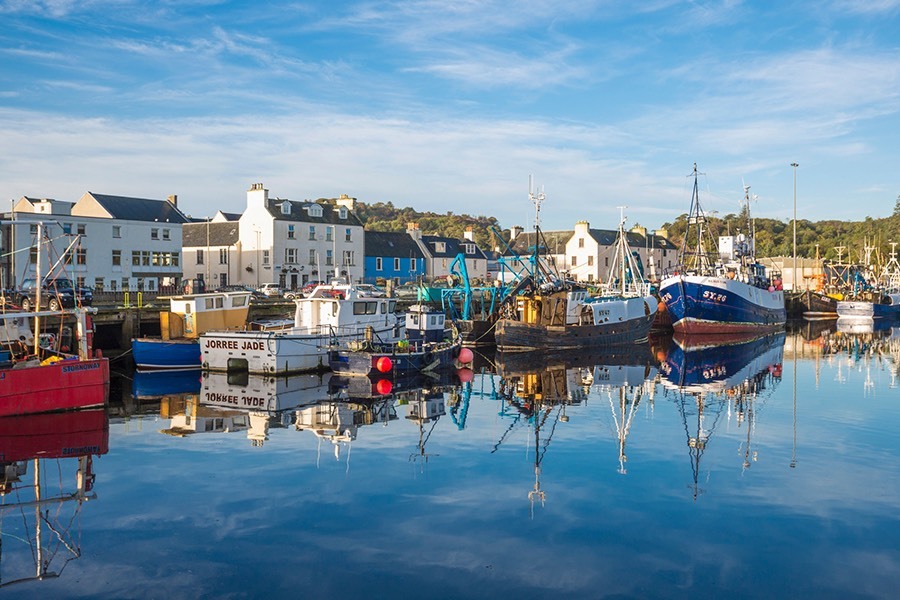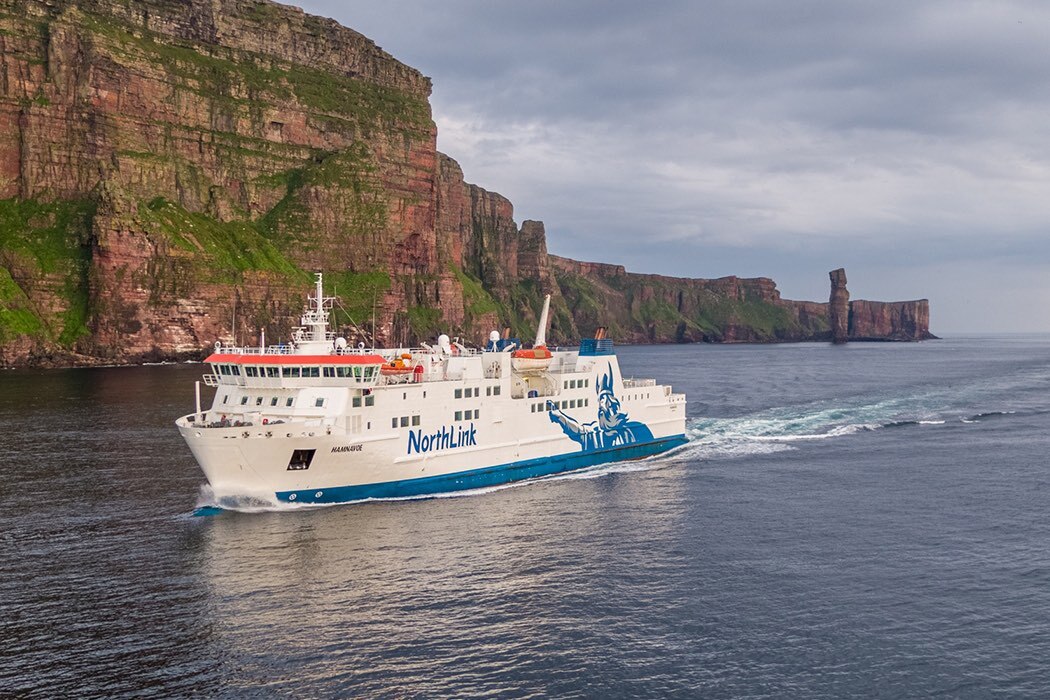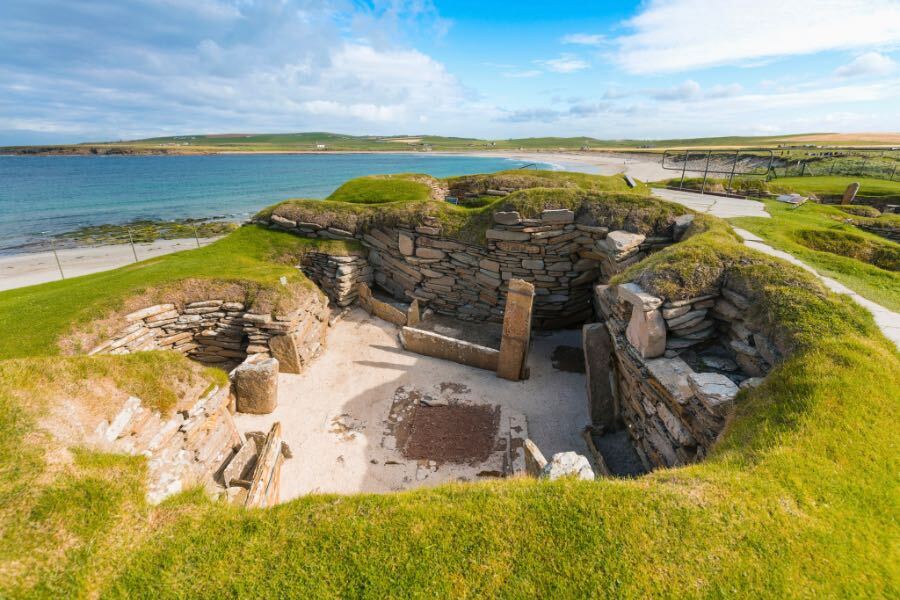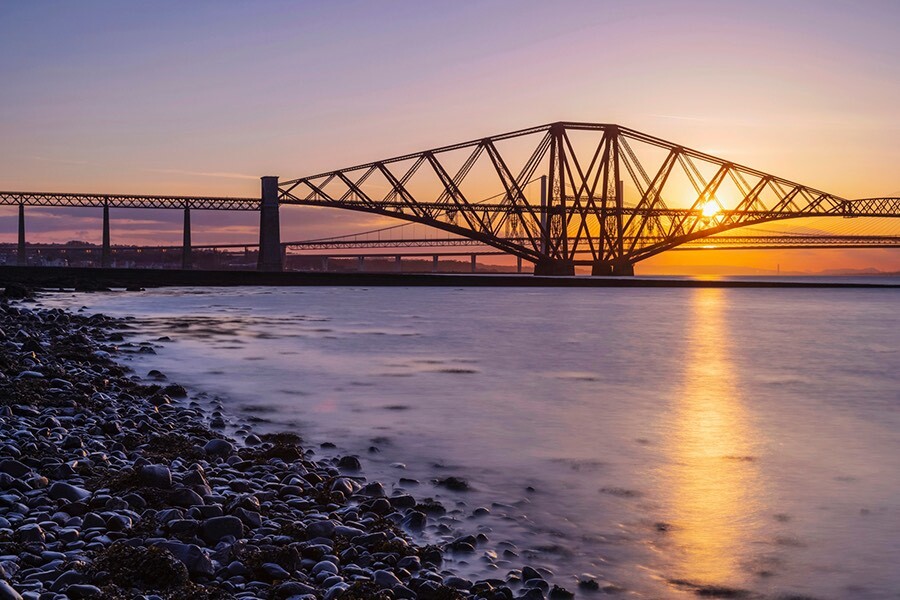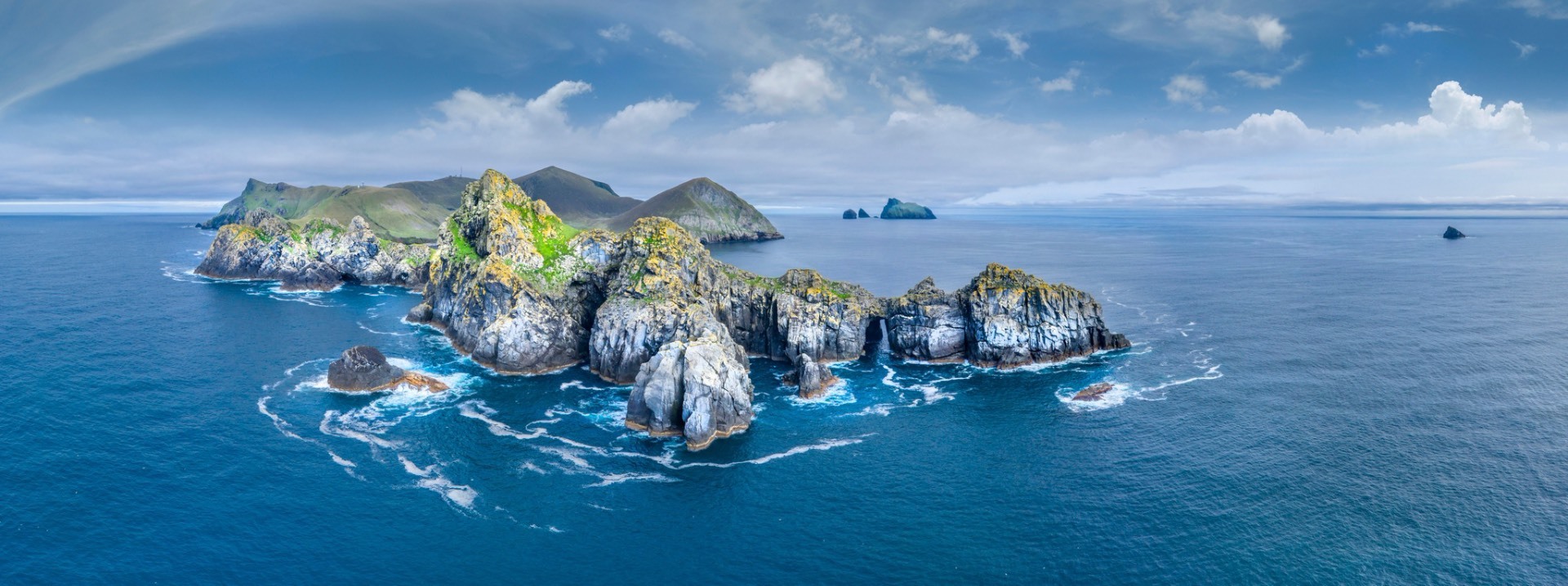
St Kilda UNESCO World Heritage Site
St Kilda is a set of islands where a beautiful natural habitat has developed over millions of years, providing support for a unique community and culture to grow.
This remote archipelago is part of the Outer Hebrides, sitting to the north west of North Uist. St Kilda is composed of five islands, Hirta, Dùn, Soay, Boreray and Levenish, alongside a number of sea stacks and islets. It’s a place of rare beauty and drama.
But the remoteness of these islands hasn't held progress back - people lived and thrived on these islands, just as they did on the main Outer Hebridean islands, sharing a distinctive culture.
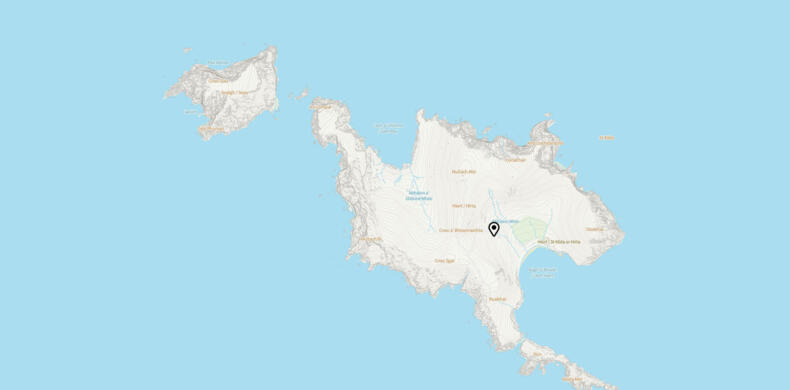
- Stac an Armin (Stac an Àrmainn in Gaelic) is the highest sea stack in Scotland and the British Isles at a soaring height of 196 metres (643 ft).
Discover why St Kilda is so special
St Kilda is remarkable not just for its striking landscape and unique human story. It’s unique geographical position and oceanic climate allow it to support a dazzling array of inter-dependent ecosystems. An extraordinary biodiversity can be observed, both on its windswept lands and beneath the sparkling surface of its coastal waters. The world heritage site is 95% marine and the seabird colonies are the most important in the north-east Atlantic.
The islands were evacuated on 29 August 1930, when the remaining 36 islanders voted to leave as their way of life was no longer sustainable. Now St Kilda is inhabited by just a few staff members of the National Trust for Scotland and Ministry of Defence and a handful of researchers.
St Kilda is a stunning and beautiful place which can be an amazing experience, but the culture and history of this group of islands is reflected in the wider Hebridean community. The heritage site is a protected environment, so it cannot accommodate a large number of visitors. Tours by boat are available but availability is strictly controlled.
If you do explore the islands directly, you’ll have a rare experience of walking through a landscape abandoned by the entire community in 1930. You’ll also visit preserved archaeological sites and relics, which reveal the close relationship the islanders had with their unique natural environment, and how they adapted to outside influences. You’ll see this in the remnants of houses, enclosures and cleits – drystone storage structures – remnants of World War I guns and communications.
If you visit St Kilda, a great place to begin is the small museum housed inside the refurbished 19th century houses on The Street of Hirta. Inside you’ll find artefacts ranging from pottery and textiles, to agricultural implements, attire and personal items; all which offer a glimpse into what life was like in days gone by.
The cultural landscape of St Kilda shows a long occupation of the islands and a skill and resilience to live there.”
Explore the local area
As one of the main aims of Scotland’s UNESCO Trail is sustainable holidays and visits, we’d recommend learning about St Kilda from some of the attractions and exhibitions on the main Outer Hebridean islands.
It’s hoped in the future that a visitor centre will be developed on the main islands and work is underway within the Outer Hebridean communities to make this ambition a reality.
Our Outer Hebrides journey takes you around a number of places to visit including Seallam!, Taigh Chearsabhagh and the Museum nan Eilean where you can experience what island life is like, and how the landscape, language, culture and heritage are so important here.
If you do decide to visit St Kilda, please ensure you tread lightly and choose companies who operate responsibly through sustainable practices and being mindful of nature and wildlife. Many of the boat tour operators who run tours to and around St Kilda have strong ties to the islands, some of them ancestral, and are more than willing to share their own stories and the authentic culture of the islands with passengers.
But those wishing to extend their day-trip to the island, can book into a short-term campsite on the largest island of Hirta which accommodates up to six people.
Sustainable local businesses
These Green Tourism businesses are assessed on everything from energy efficiency to biodiversity and awarded bronze, silver or gold.
We want Scotland's UNESCO Trail to be an opportunity to explore the country in a sustainable and responsible way.
Best Local Attractions & Experiences
We've highlighted some of the best sustainable businesses around the Outer Hebrides.
How to get here
Lying 41 miles off the west coast of Benbecula, the archipelago of St Kilda is a far-flung Atlantic destination which can only be reached by the water, either in your own vessel or with a chartered tour company. Day trips are available from the islands of Harris, Skye and Uist.
Travelling to the Outer Hebrides is easier than you might think. Flights are available to Stornoway or Benbecula with Loganair, or you can reach the islands from the mainland by ferry. Caledonian MacBrayne (CalMac) operates ferries from Oban, Mallaig, Uig and Ullapool on Scotland's west coast.
Find out more about getting to and around the Outer Hebrides
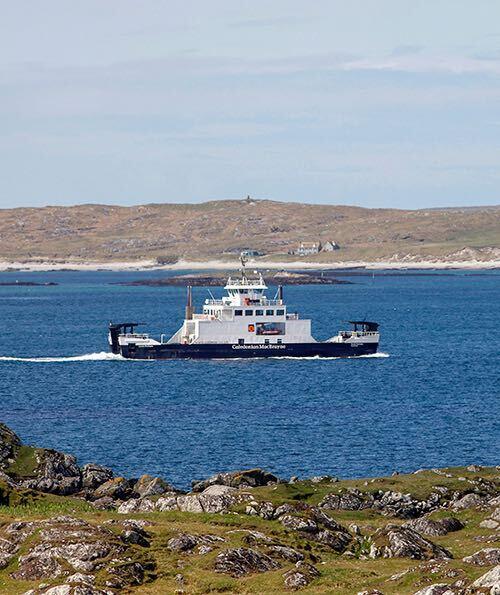
Experience more UNESCO sites
Make the Outer Hebrides a longer trip - we can help you plan a break across these islands.
Explore the UNESCO Site in the Outer Hebrides
Head over to the Outer Hebrides to learn more about St Kilda, a dual UNESCO World Heritage Site. It's a very special and hard to access place, but there's plenty you can learn while on the larger Hebridean islands.
View JourneyLearn more about the UNESCO Trail
St Kilda is one of Scotland’s six World Heritage Sites. It is the UK’s only dual UNESCO World Heritage Site, and one of only 39 in the world.
It was made a World Heritage Site in 1986 for its natural heritage, but this was extended in 2004/5 to include the surrounding marine environment and its importance as a cultural landscape.
St Kilda is also a national nature reserve, national scenic area, site of special scientific interest and a European Union special protection area.
Read more about Scotland's UNESCO Trail and watch UNESCO: Explained video
Find out more from UNESCO about St Kilda, World Heritage Site
United Nations Sustainable Development Goals
Every UNESCO designation tries to include the UN Sustainable Development Goals in their work.
WHAT ARE THE SUSTAINABLE DEVELOPMENT GOALS (SDGS)?
An urgent call for action from a global partnership of countries.
Recognise that ending poverty and other deprivations comes from strategies to:
- improve health and education
- reduce inequality
- encourage economic growth
- tackle climate change

St Kilda's Sustainable Development Goals
Here’s how St Kilda is working towards three of the goals.
Goal 14
Life below water
The Marine Protected Area around St Kilda ensures there is a healthy marine ecosystem that supports marine life, from the smallest organism to the larger sea mammals, and ensures the seabirds that come to St Kilda are able to raise their young.
Goal 15
Life on land
The management of St Kilda protects the biodiversity of the archipelago and recognises conservation as a top priority in land management. This ensures both habitats and species are protected.
Goal 17
Partnership for the goals
St Kilda works with UNESCO to find solutions to common problems, share best practice, and support one another to achieve the UN Goals.
Useful links



